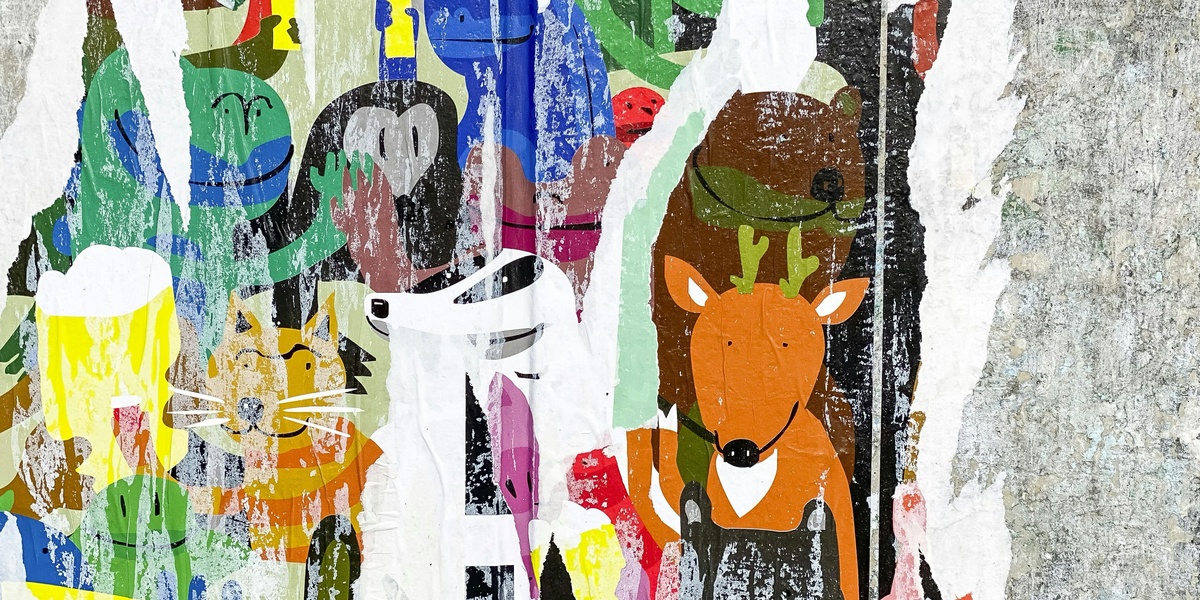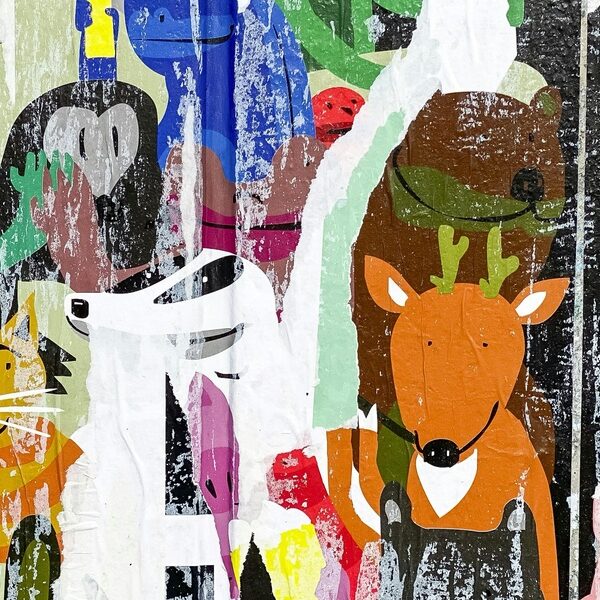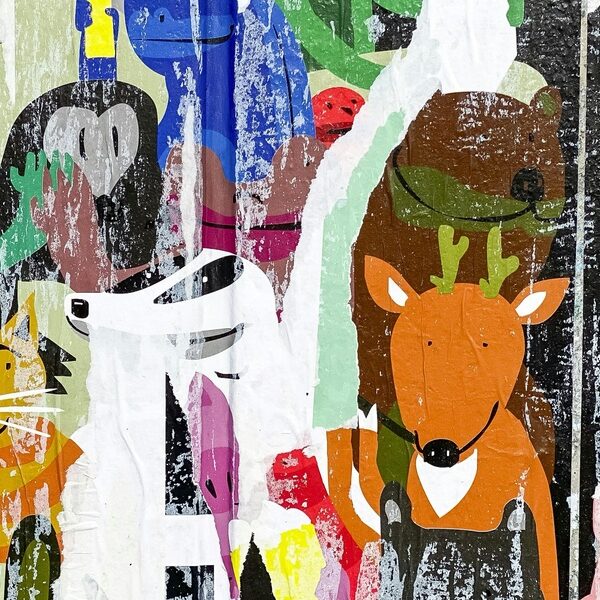Here you’ll find 39 Common Animals that start with H, organized from “Haddock” to “Hyrax”. They cover fish, mammals, birds, reptiles, and insects found around the world.
Common Animals that start with H are familiar species and groups whose English names begin with the letter H. Many, like the hippopotamus and hawk, appear in folk tales and national symbols.
Below you’ll find the table with common name, scientific name, order, and habitat/distribution.
Common name: The everyday English name helps you quickly identify the animal and scan the list for familiar species.
Scientific name: The Latin binomial gives precise identification so you can find exact species information when you need it.
Order: Shows the taxonomic order so you can see broader relationships and compare similar animals easily.
Habitat/distribution: Brief range notes tell you where the animal lives and help you understand its typical environments.
We prioritize widely used common names and well-known species to keep this list practical. Scientific names and range notes reflect standard classifications and established distribution records.
Use the A–Z index to jump to other letters and compare lists across the alphabet.
Common Animals that start with H
| Common name | Scientific name | Order | Habitat/Distribution |
|---|---|---|---|
| Haddock | Melanogrammus aeglefinus | Gadiformes | North Atlantic Ocean, cold waters |
| Hagfish | Myxine glutinosa | Myxiniformes | Cold ocean floors worldwide |
| Halibut | Hippoglossus hippoglossus | Pleuronectiformes | North Atlantic Ocean, seabed |
| Hammerhead Shark | Sphyrna genus | Carcharhiniformes | Tropical and warm-temperate oceans |
| Hamster | Cricetinae subfamily | Rodentia | Deserts and grasslands worldwide |
| Harbor Seal | Phoca vitulina | Carnivora | Northern Atlantic and Pacific coasts |
| Hare | Lepus genus | Lagomorpha | Grasslands and open woodlands worldwide |
| Harpy Eagle | Harpia harpyja | Accipitriformes | Central and South American rainforests |
| Hartebeest | Alcelaphus buselaphus | Artiodactyla | African savannas and grasslands |
| Harvestman | Opiliones order | Arachnida | Worldwide, forests and humid areas |
| Hawk | Accipitridae family | Accipitriformes | Worldwide except Antarctica |
| Hedgehog | Erinaceinae subfamily | Eulipotyphla | Europe, Asia, Africa, various habitats |
| Hellbender | Cryptobranchus alleganiensis | Urodela | North America, clean, fast-flowing streams |
| Hen | Gallus gallus domesticus | Galliformes | Domesticated worldwide |
| Hermit Crab | Paguroidea superfamily | Decapoda | Oceans worldwide, shallow waters and shores |
| Heron | Ardeidae family | Pelecaniformes | Worldwide near wetlands |
| Herring | Clupea genus | Clupeiformes | North Atlantic and Pacific oceans |
| Hippopotamus | Hippopotamus amphibius | Artiodactyla | Sub-Saharan Africa, rivers and lakes |
| Hoatzin | Opisthocomus hoazin | Opisthocomiformes | South America, Amazon basin swamps |
| Hog | Sus scrofa domesticus | Artiodactyla | Domesticated worldwide |
| Hognose Snake | Heterodon genus | Squamata | North and South America, various habitats |
| Honeybee | Apis mellifera | Hymenoptera | Worldwide, gardens and woodlands |
| Honeyeater | Meliphagidae family | Passeriformes | Australia and New Guinea, forests |
| Hoopoe | Upupa epops | Bucerotiformes | Afro-Eurasia, open country |
| Hornbill | Bucerotidae family | Bucerotiformes | Africa and Asia, forests |
| Horned Lizard | Phrynosoma genus | Squamata | North America, deserts and arid regions |
| Hornet | Vespa genus | Hymenoptera | Northern Hemisphere, woodlands |
| Horse | Equus ferus caballus | Perissodactyla | Domesticated worldwide |
| Horsefly | Tabanidae family | Diptera | Worldwide near water sources |
| Horseshoe Crab | Limulidae family | Xiphosura | North American and Asian coasts |
| House Finch | Haemorhous mexicanus | Passeriformes | North America, urban and suburban areas |
| Housefly | Musca domestica | Diptera | Worldwide, associated with humans |
| House Sparrow | Passer domesticus | Passeriformes | Worldwide, urban areas |
| Howler Monkey | Alouatta genus | Primates | Central and South American forests |
| Human | Homo sapiens | Primates | Worldwide, all habitats |
| Humpback Whale | Megaptera novaeangliae | Cetacea | Oceans worldwide |
| Hummingbird | Trochilidae family | Apodiformes | The Americas, various habitats |
| Hyena | Hyaenidae family | Carnivora | Africa and Asia, savannas |
| Hyrax | Procavia capensis | Hyracoidea | Africa and the Middle East, rocky outcrops |
Descriptions
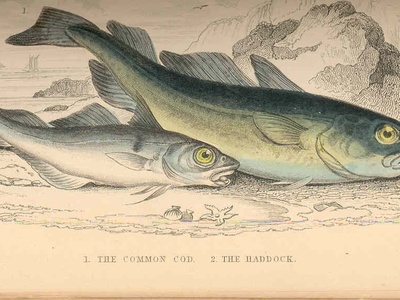
Haddock
A popular saltwater fish related to cod, known for its mild flavor and flaky white flesh. It is a key species in commercial fishing.
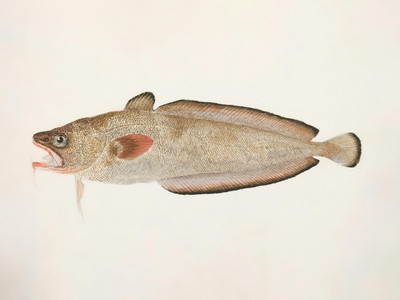
Hagfish
An eel-shaped, jawless fish famous for producing large amounts of protective slime. It is often considered a living fossil.
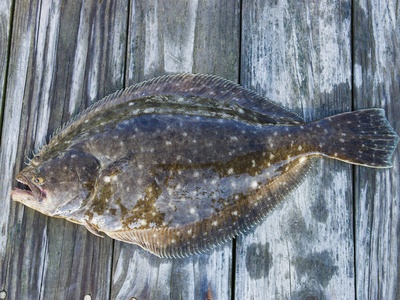
Halibut
A very large species of flatfish prized for its meat. They are powerful swimmers and can grow to enormous sizes over long lifespans.
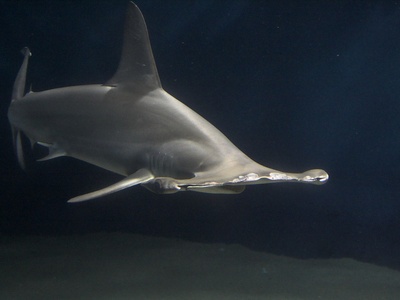
Hammerhead Shark
Instantly recognizable by its unique hammer-shaped head, which enhances its sensory perception, helping it find prey like stingrays.
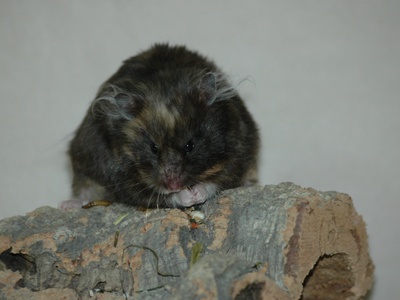
Hamster
Small, stout-bodied rodents with large cheek pouches used to carry food. They are popular pets and are typically nocturnal.
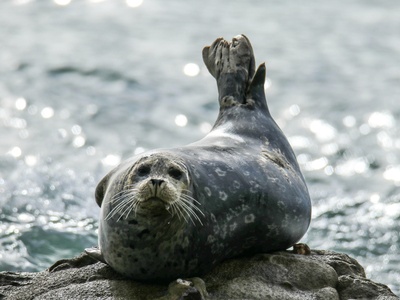
Harbor Seal
Also known as the common seal, this pinniped has a distinctively dog-like head and is often seen resting on rocks and shores.
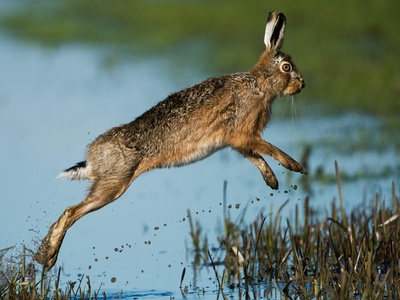
Hare
A fast-running mammal similar to a rabbit but with longer ears and legs. Unlike rabbits, hares are born fully furred with open eyes.
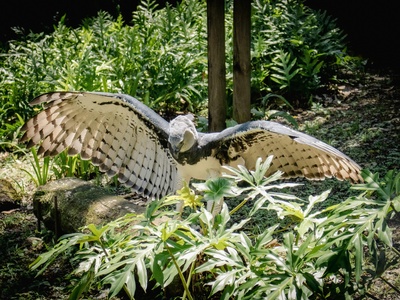
Harpy Eagle
One of the world’s largest and most powerful eagles, with talons the size of grizzly bear claws. It preys on sloths and monkeys.
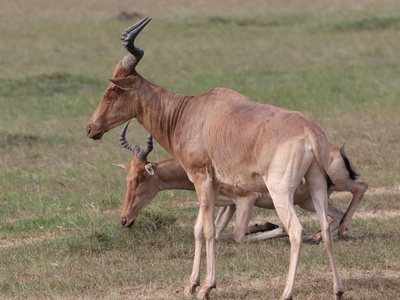
Hartebeest
A large, reddish-brown antelope with a long face and unusually shaped horns. They are known for their speed and endurance.
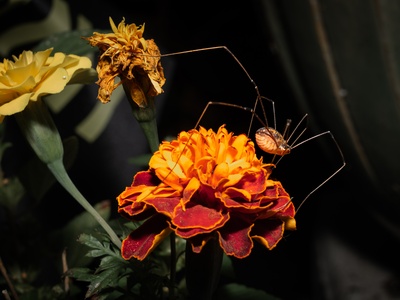
Harvestman
An arachnid often mistaken for a spider, but its body is a single fused segment. Commonly known as a “daddy longlegs.”
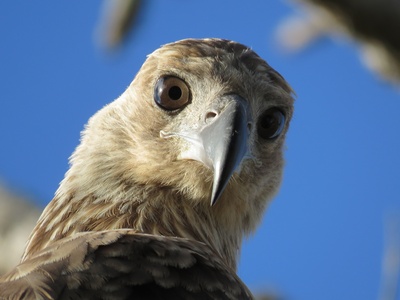
Hawk
A broad term for medium-sized birds of prey with sharp talons and keen eyesight. They are skilled hunters, soaring high to spot prey.
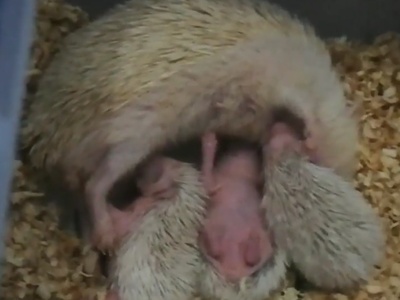
Hedgehog
Small, nocturnal mammals covered in sharp spines, which they use for defense by rolling into a tight ball. They primarily eat insects.
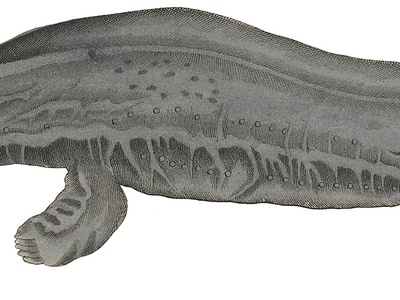
Hellbender
A species of giant aquatic salamander, one of the largest in the world. Its wrinkled skin helps it absorb oxygen directly from the water.
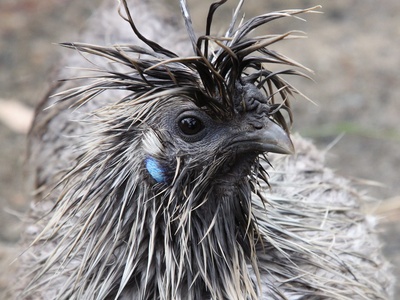
Hen
A female domestic chicken, raised for its eggs and meat. Chickens are the most common and widespread domestic animal in the world.
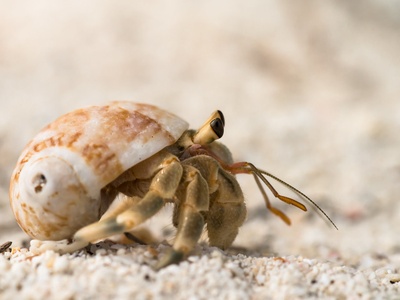
Hermit Crab
A type of crab that protects its soft abdomen by living inside an empty mollusk shell, which it changes as it grows.
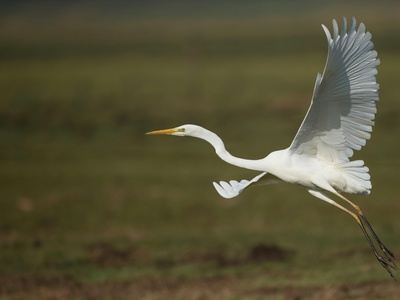
Heron
Long-legged freshwater and coastal birds known for standing motionless to hunt fish, amphibians, and insects in shallow water.
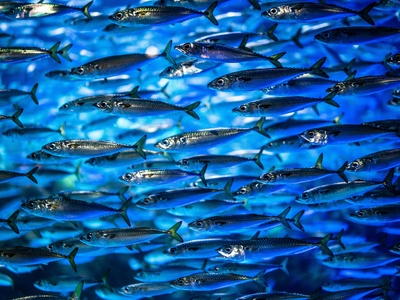
Herring
A forage fish that forms huge schools. They are a vital food source for larger predators and are commercially important for humans.
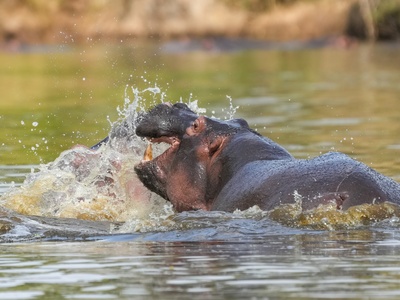
Hippopotamus
A large, semi-aquatic mammal, also known as the “river horse.” Despite its herbivorous diet, it is one of the most dangerous animals in Africa.
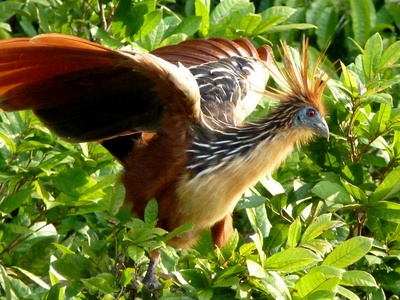
Hoatzin
A bizarre, pheasant-sized bird with a spiky crest and blue face. Its chicks have claws on their wings to help them climb trees.
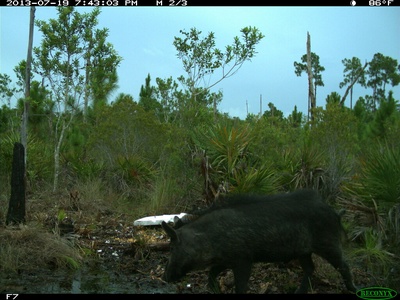
Hog
A common name for a domestic pig, especially a mature one. Hogs are highly intelligent and social animals with a keen sense of smell.
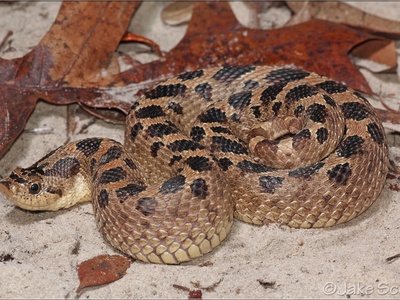
Hognose Snake
A snake named for its upturned snout, which it uses for digging. It’s famous for faking its own death dramatically when threatened.
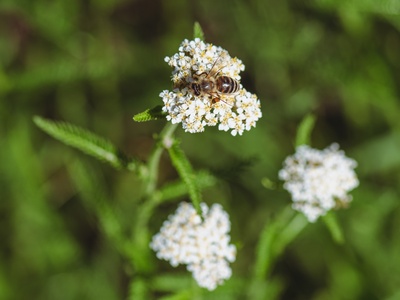
Honeybee
A social, flying insect known for producing honey and beeswax. Honeybees are crucial pollinators for a vast number of flowers and crops.
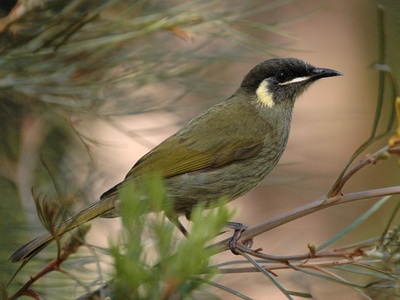
Honeyeater
A large family of birds that feed on nectar. They have a specialized brush-tipped tongue to help them drink from flowers.
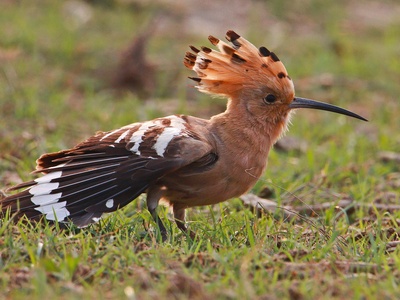
Hoopoe
A colorful bird with a distinctive “crown” of feathers that it can raise. It is known for its “oop-oop-oop” call and strong flight.
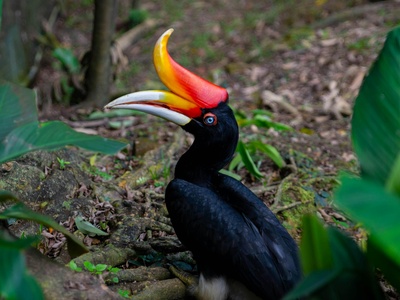
Hornbill
A group of birds characterized by a long, down-curved bill, which is often brightly colored and may have a large casque on top.
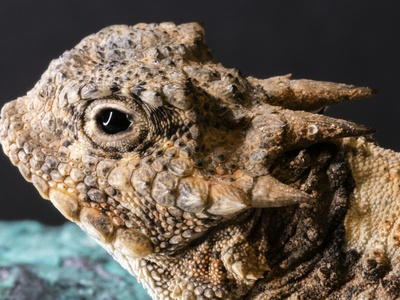
Horned Lizard
A flat-bodied lizard with prominent horns on its head. It has the unusual ability to squirt blood from its eyes to deter predators.
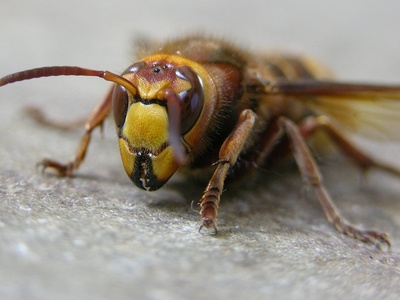
Hornet
The largest of the social wasps. They build paper-like nests from chewed wood pulp and can deliver powerful, painful stings.
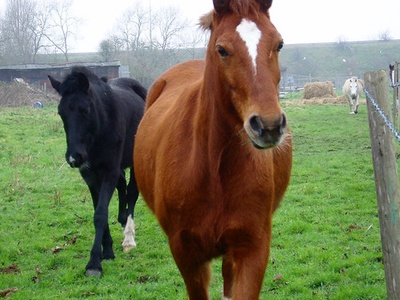
Horse
A large hoofed mammal domesticated for riding, labor, and sport. Horses are known for their speed, intelligence, and social behavior.
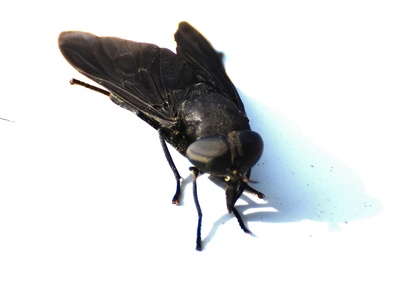
Horsefly
A type of fly where the females are known for inflicting painful bites to feed on the blood of mammals, including humans.
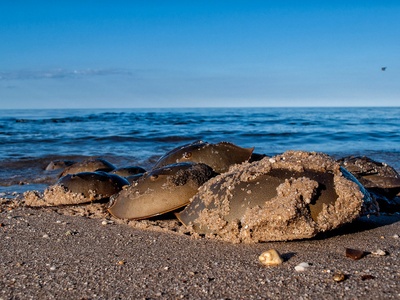
Horseshoe Crab
A marine arthropod often called a “living fossil” as it has changed little in millions of years. Its blue blood is vital for medical testing.
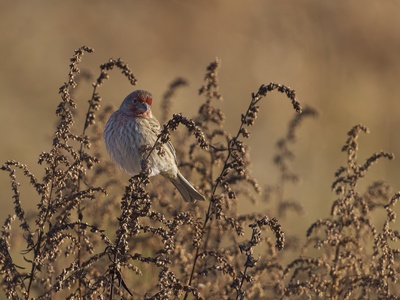
House Finch
A small, sociable finch. Males are notable for their rosy red coloration on the head and breast, which varies in intensity.
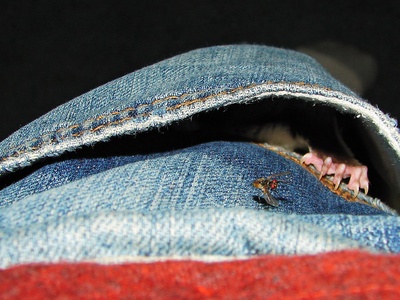
Housefly
One of the most common of all insects, found in and around human habitations. It can spread diseases by transferring pathogens.
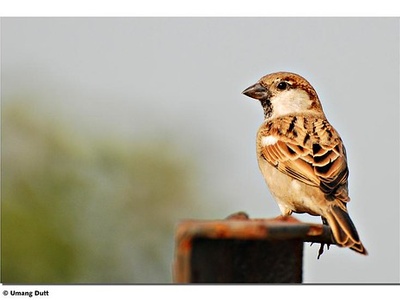
House Sparrow
A small but robust bird strongly associated with human habitation. They are highly adaptable and social, often forming large flocks.
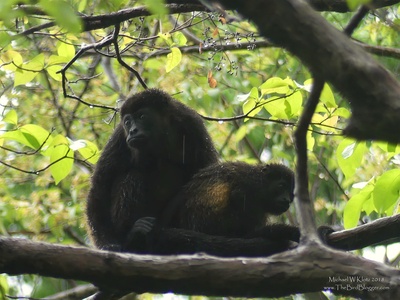
Howler Monkey
A large New World monkey famous for its loud, deep howls, which can be heard for miles and are used to mark territory.

Human
A bipedal primate distinguished by high intelligence, complex language, and the ability to create and use complex tools.
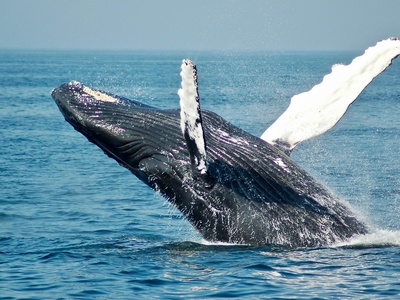
Humpback Whale
A large baleen whale known for its acrobatic breaches and complex songs. Its long pectoral fins are a distinguishing feature.
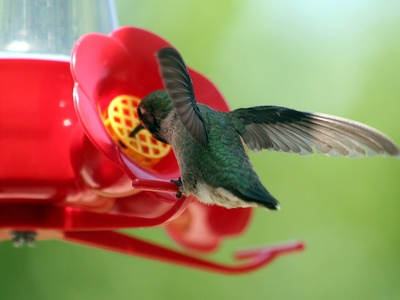
Hummingbird
Tiny, nectar-feeding birds known for their ability to hover by rapidly flapping their wings, creating a characteristic humming sound.
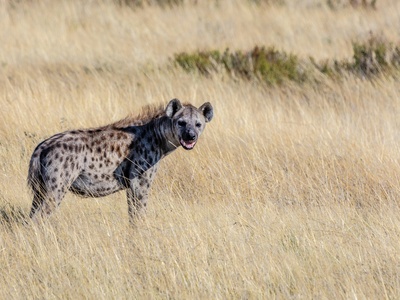
Hyena
A carnivorous mammal known for its powerful jaws and distinctive “laughing” vocalizations. They are both skilled hunters and scavengers.
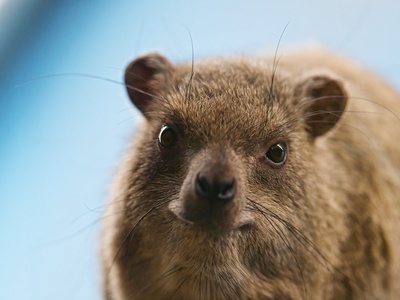
Hyrax
A small, thickset mammal with short legs. Despite its rodent-like appearance, its closest living relatives are elephants and manatees.
